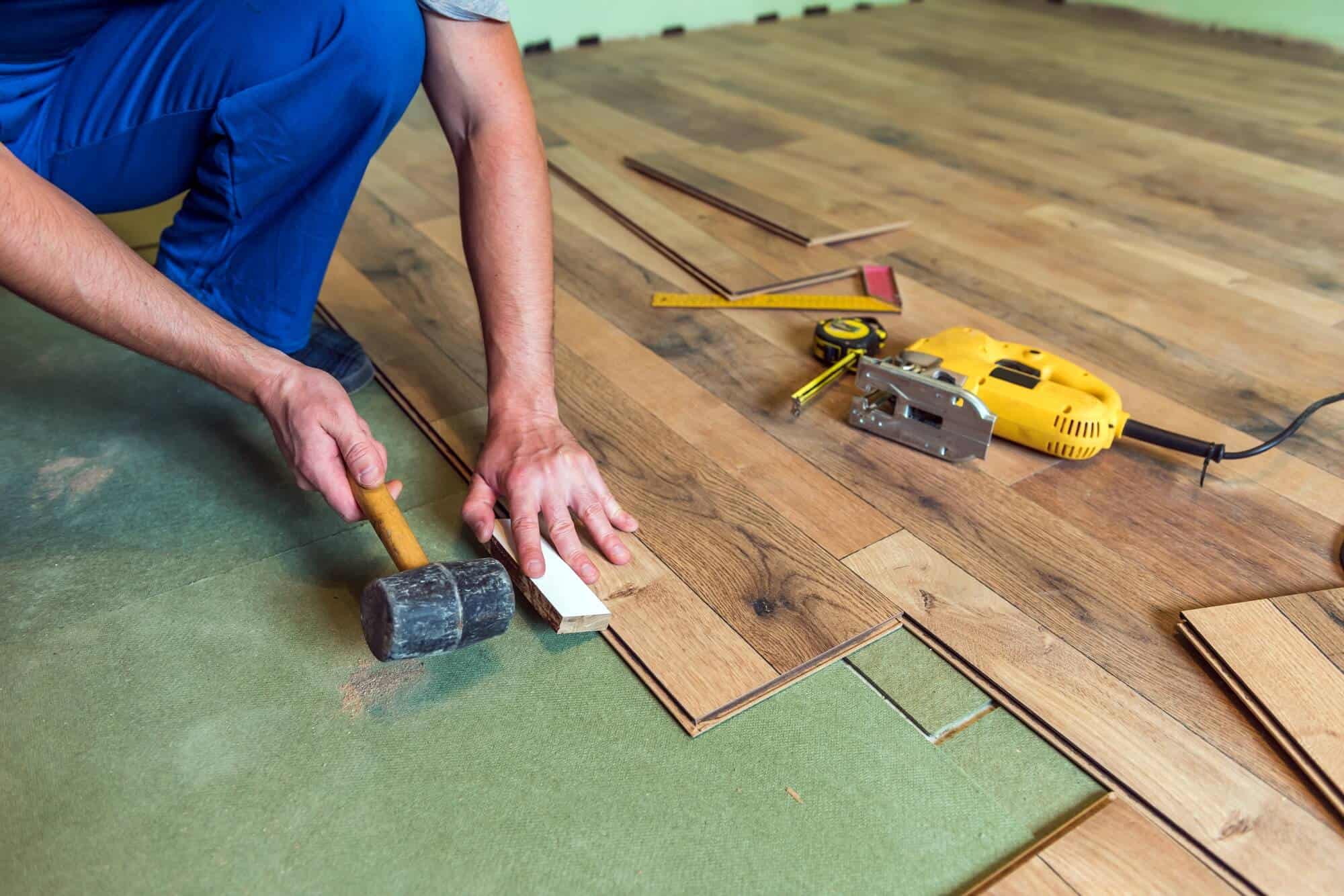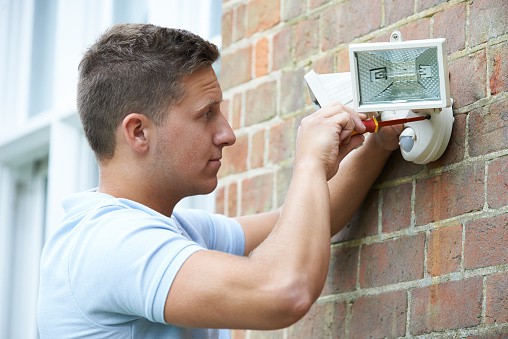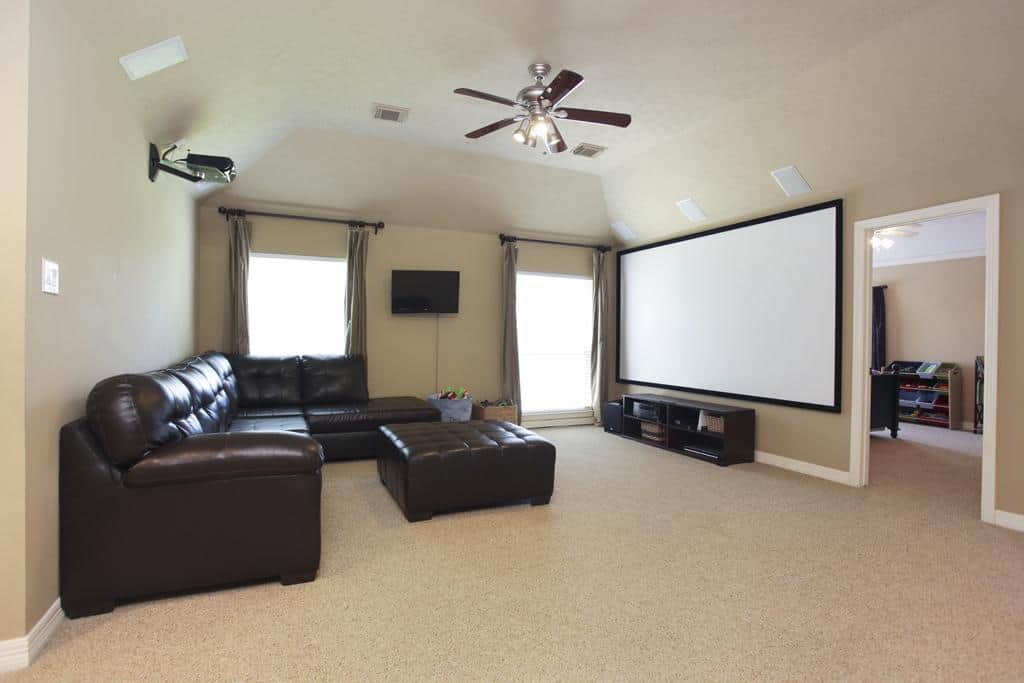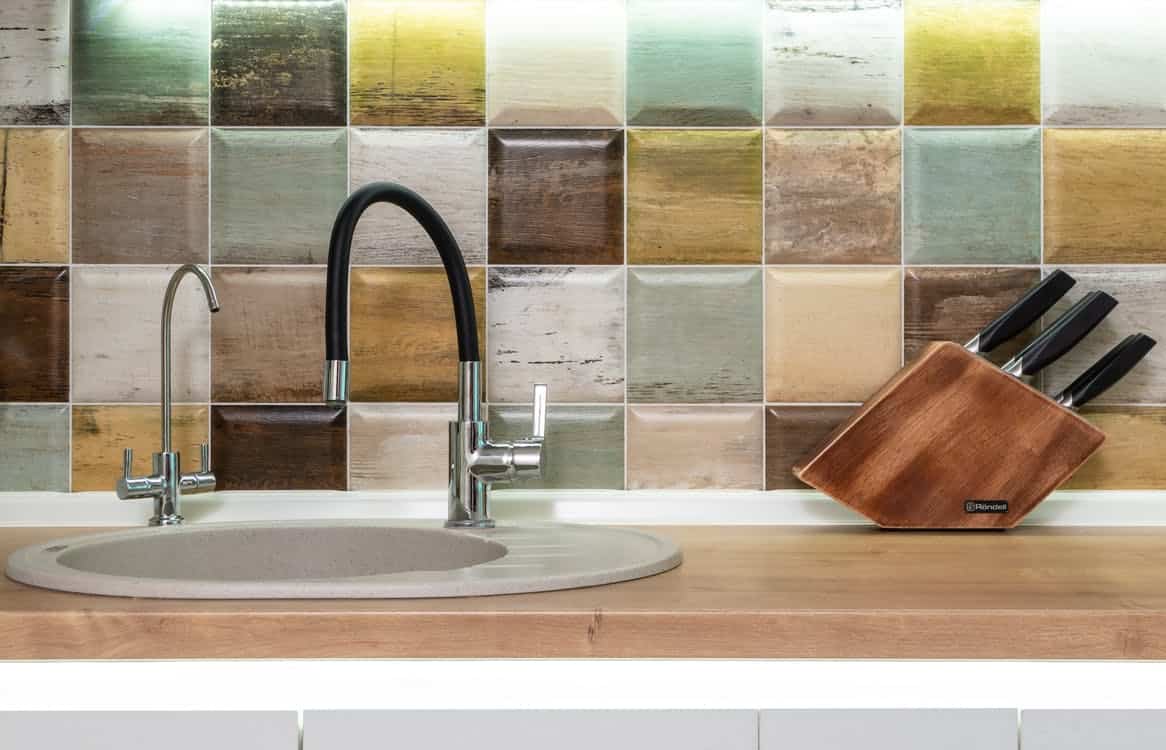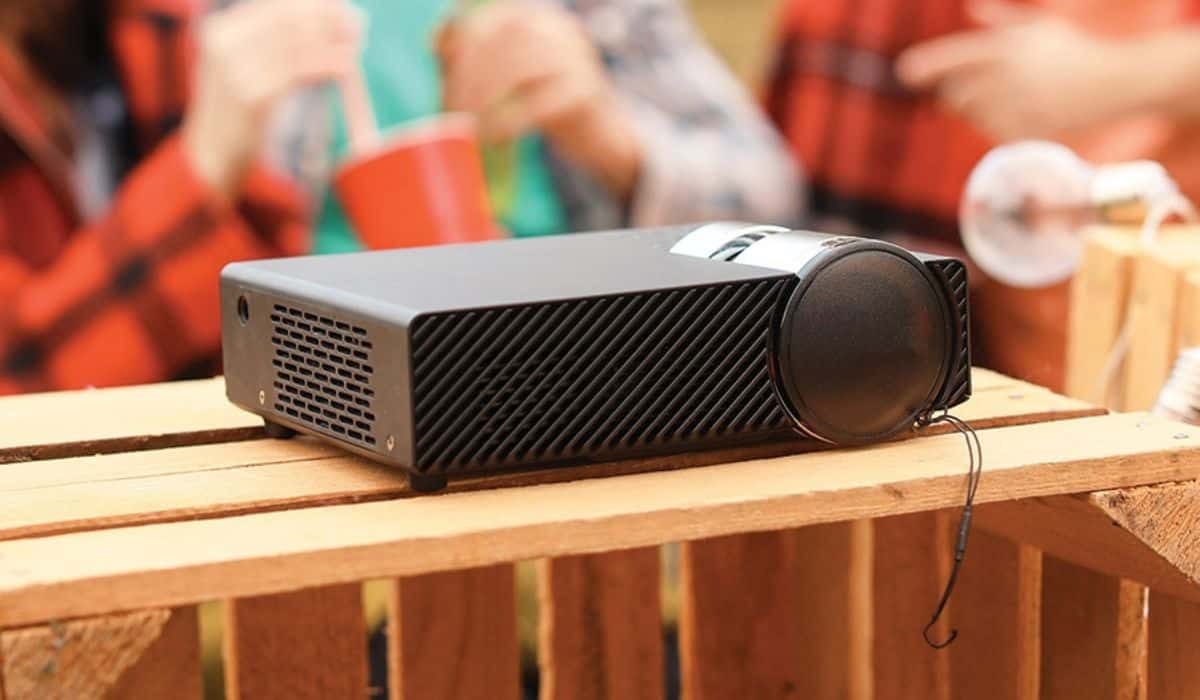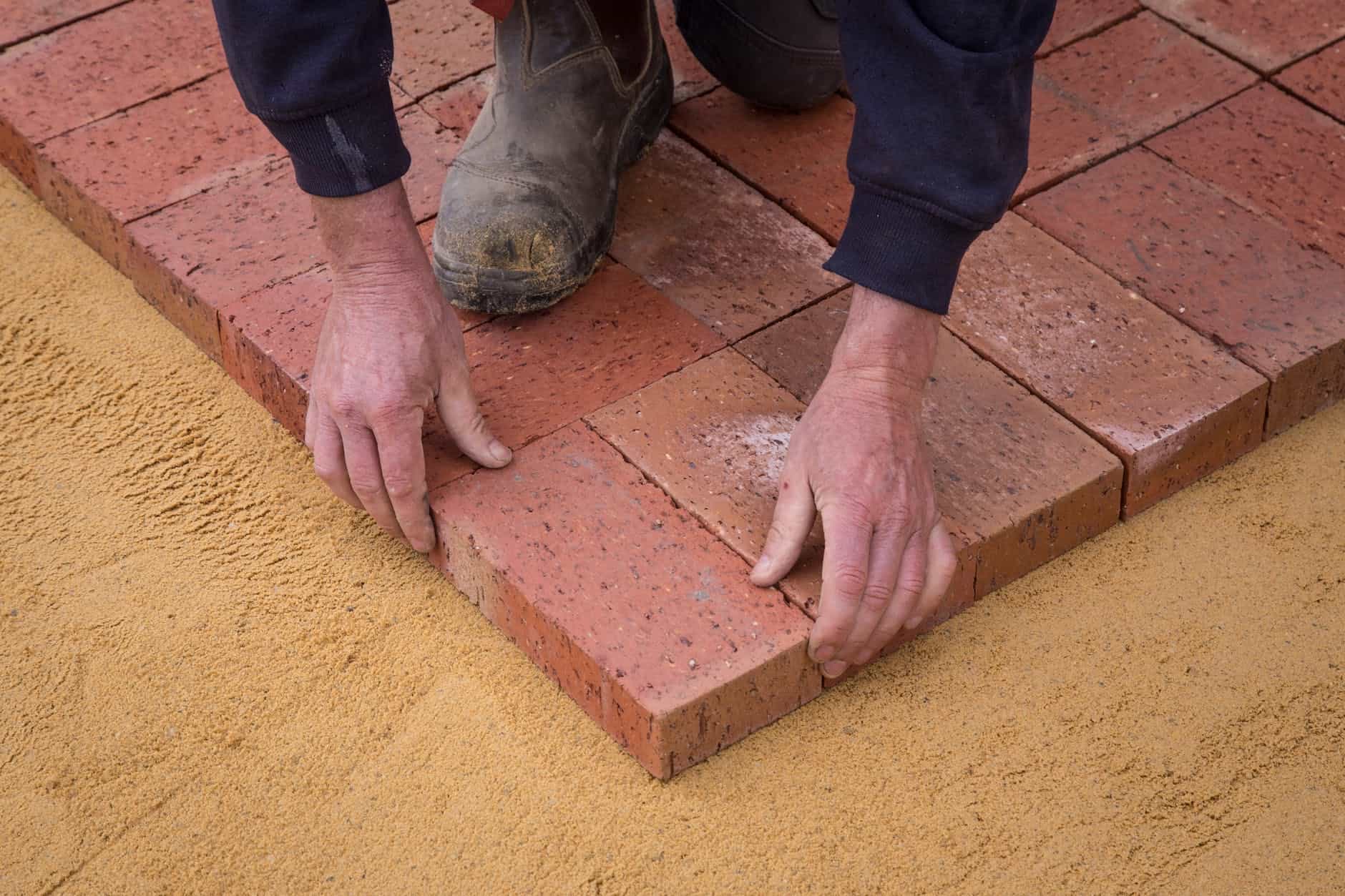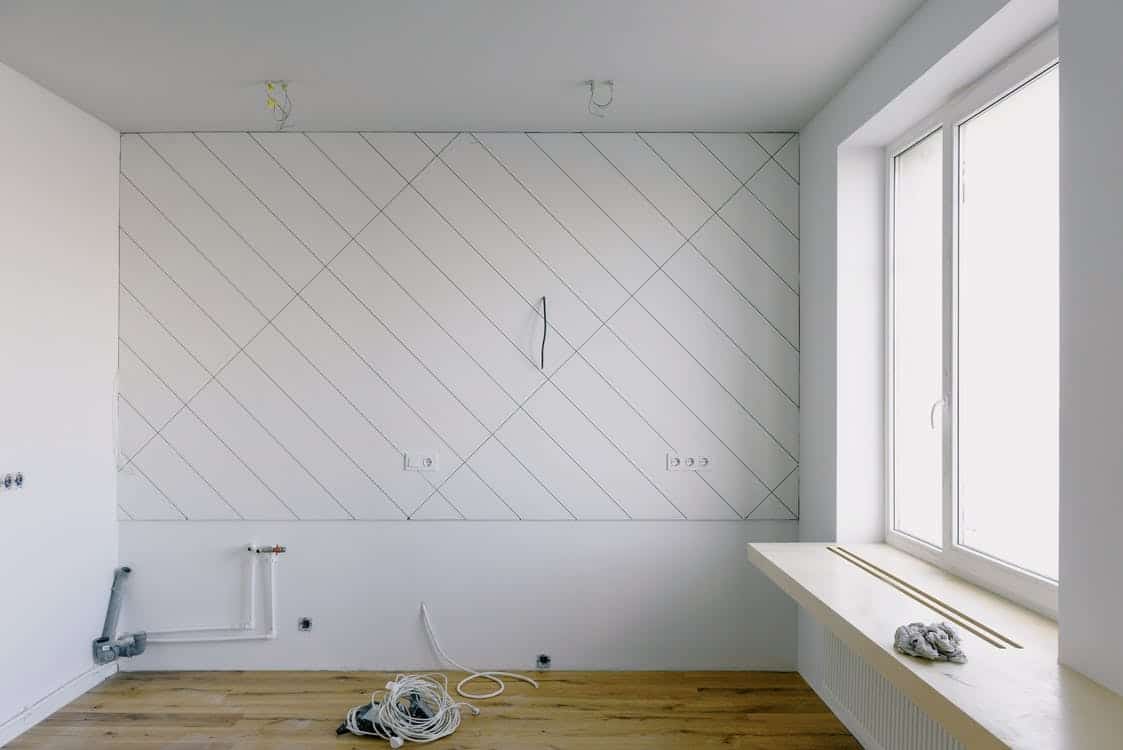Some types of hardwood flooring will benefit from underlayment. There are various types of underlayment materials you can use.
Hardwood floors are beautiful, but they need to be level. That's where underlayment comes in. Let's look at some of the best underlayments for hardwood floors.
Why Should I Install Underlayment?
The most important reason for getting underlayment is to create a moisture barrier. Its common knowledge that moisture and wood floors don't mix well.
Apart from rotting, your expensive hardwood flooring could get mold. The threat of moisture should be taken seriously.
Underlayment is not necessary for all hardwood floors. However, there are multiple benefits to it. First, you are faced with choosing whether or not to install underlayment.
It is never a horrible idea to install underlayment due to its solid foundation. Apart from underlaying, hardwood flooring also needs regular oiling to protect it from moisture.
Here are a few of our preferred types of underlayment for hardwood flooring.
Hardwood Underlayment
Rank | Product Image | Brand Name | Link |
|---|---|---|---|
1 | |||
2 | |||
3 |
1) Roberts First Step 630-Square Foot Underlayment
- Price per 630 sq.ft roll
- 3mm thick comes with overlap and tape to install
- Suitable for concrete and wood subfloors
- Use with engineered hardwood, solid hardwood, or laminate...
- Fast & Free Fedex Ground
This underlayment works well for engineered hardwood floors and concrete subfloors. When testing it out, we noticed that it offers sound dampening and prevents moisture damage.
It also offers extra support to ensure your wood floors are leveled out. As a result, we found that impact noise and hollow noises on the floor were almost non-existent.

You can also install this underlayment even with radiant heating on your floors. The underlayment creates a pocket to circulate air all through.
We also found that the underlayment rolls well and stays flat throughout. So you won't have a problem with lifting.
Pros:
Cons:
2) FloorMuffler Ultra Seal Underlayment
- Superior acoustic protection
- Provides moisture control
- For use under laminate, engineered and solid hardwood
- Contractor size roll
The squeaky sound that comes with new floors will be a thing of the past. This flooring underlayment is perfect for sound absorption.
After we laid down this flooring underlayment, there was no discernible echo or sound waves of anyone walking or dropping something.

It also creates a great vapor barrier to protect your hardwood flooring. Additionally, this flooring underlayment keeps your floors warm at no added cost.
After laying this flooring underlayment down, we realized it has to be given time to set. If not, it will tear as soon as someone walks on it. However, any tears can be rectified with tape.
Pros:
Cons:
3) Prime Unicorn Flooring Underlayment
- Use with most Hardwood, Laminate, Engineered Wood. WPC and SPC...
- Superior Acoustical Performance
- Moisture Protection - Closed cell foam acts as a natural moisture...
- Easy Installation - Roll Out and join the seams with Prime...
- Covers 300 SF
This built-in vapor barrier is perfect for solid hardwood floors and provides sound absorption. As a pleasant surprise, we noticed it is also perfect for improving acoustics.
Whether you prefer floating floors or nail-down installations, this wood flooring underlayment is diverse.

Additionally, it will smooth subfloor imperfections and put an end to those hollow-sounding floors.
The underlay has compression characteristics to protect your floors from water damage and subsequent mildew or mold.
Pros:
Cons:
Types of Underlayment Options
When working with hardwood flooring, we also considered various underlayment materials.
This decision also depends on your specific needs. For example, different hardwoods require different underlayment materials.
Here are some underlayment options you should consider:
1) Cork Underlayment
Besides being eco-friendly, cork underlayment absorbs sound transmission better than other underlayment options.

Since cork underlayment is all natural with anti-microbial benefits, it is mold and mildew-resistant.
Additionally, cork underlayment adds to temperature control. We found that cork underlayment kept our floors warm as long as it was 12mm and above.
2) Foam Underlayment
Foam underlayment is mostly used to provide a smooth surface for laying the flooring materials.
Foam underlayment is perfect for laminate flooring since it provides a flat and smooth surface. Additionally, it adds to the support and stability of the floor.

Foam underlayment is the perfect choice for engineered hardwood floors and hardwood flooring as it provides a soft underfoot.
Some foam underlayment options, such as PU foam, also have heat insulation capabilities.
3) Felt Underlayment
Felt underlayment is purposely used to create an extra moisture barrier. As a result, the Felt underlayment is water-resistant. However, this doesn't mean it's waterproof.
Felt underlayment is also good for sound absorption on hardwood flooring. This made us concluded that felt underlayment is super versatile with all hardwoods.

You can get the 15-pound or 30-pound option. It also depends on the flooring you want to install.
As we laid the underlayment, it was very easy overlap 15-pound underlayment sheets over each other.
However, it is was impossible to do that with a 30-pound felt underlayment. The 30-pound felt was too thick.
4) Rubber Underlayment
Rubber underlayment is perfect for every type of flooring except vinyl flooring. (Vinyl flooring is compatible with other underlayments). Installing rubber underlayment is also super easy.
If you use rubber underlayment under expensive hardwood flooring, then a protective craft paper should also be used to protect the underside of the floors.

Apart from these conditions, even concrete subfloors would benefit from rubber underlayment.
Rubber underlayment is also great for noise reduction and has amazing moisture resistance abilities.
Benefits of Installing Underlayment
While installing underlayment is not compulsory for floors, it has many benefits. The right underlayment will change the way you view flooring underlayments.
Here are some benefits of installing underlayment:
i) Moisture Barrier
Moisture is a terrible thing for any floor. Not only does moisture attract mold and mildew, but it can also ruin your floors.
Installing a good underlayment in your flooring keeps the moisture away. When it comes to hardwood flooring, you should do everything possible to keep moisture away from them.
Moisture and wood do not mix. Additionally, if you are laying hardwood flooring over a concrete subfloor, then underlayment is a given.
ii) Stability
A good underlayment offers stability for your flooring. Installing underlayment is never a bad idea when laying solid wood floors.
Additionally, underlayment gives you a great finished look. If there are minor imperfections in the subfloor, an underlayment will bridge the gaps and give you a perfect look.
A good and solid base offers better stability even when walking on them. Stability is super important because it makes the flooring easier to walk on.
iii) Protection From Cold
Most people like walking barefoot in their homes. However, walking on a cold floor is very uncomfortable.
Not to mention, you could trigger a cold or allergies. No one actually wants to be sick, especially during a pandemic period.
Laying out any underlayment will be very helpful in cushioning your feet from cold floors.
Underlayment tends to deflect any cold air from reaching your floors. As a result, the cold air won't go through underlayment and wood flooring.
iv) Noise Reduction
When you walk about your house, do you hear an echo? Do your floors sound hollow? That's because there is no underlayment.
This is common in double-story houses. You can easily hear someone stomping around upstairs.
This problem is easily solved by laying out a good underlayment. First, you will not hear anyone walking around. Even if you hear some noise, it will be very muffled.
v) Easy on The Back
Did you know standing for extended periods on cold and hard floors is bad for your lower back?
The rigid nature of hard floors causes pressure on your spine, which leads to lower back pain, swollen feet, and aching knee joints.
Installing underlayment is super important if you want to avoid these ailments. Additionally, it offers cushioning to prevent such problems.
vi) Floor Longevity
Installing underlayment will keep your floors in good condition for years to come. It also provides support for your floors.
Underlayment also prevents scuffing and chaffing by protecting your floor against friction.
Underlayment also increases floor integrity because it provides a stable underfoot.
How To Select Underlayment
It would help to consider some things before selecting underlayment for your flooring requirements.
Here are some ways we have come up with to select the right underlayment for your floors.
1) What Species Of Wood Flooring Do You Have?
The wood flooring you have will determine the underlayment you purchase. Different species work with different underlayments.
On the one hand, softwoods such as white and red oak engineered wooden floors do well with cork and rubber underlayment.

Softwoods require rubber or cork to offer more structural support. Additionally, wood contracts and expands easily; therefore, a sturdy rubber cork underlay would be adequate.
On the other hand, hardwood floors such as hickory, mahogany, and cherry would benefit from a foam or rubber underlayment.
Foam and rubber are very flexible. They also give added insulation which is best for hardwood floors.
Depending on your flooring species, the underlayment should complement your wooden floors. This will keep them healthy for a long time.
2) Where Do You Want To Install The Underlayment?
When installing the underlayment, consider where you want to install it—a high or low-traffic area.
For example, if you place underlayment in a high-traffic area (like an upstairs area), you should ensure it has sound absorption properties.

On the other hand, if you install your underlayment on the main ground floor, then it should have stability properties.
Choose the underlayment depending on where you want to place the underlayment.
3) How Thick Do You Want Your Underlayment To Be?
For starters, the thickness of your underlayment depends on personal preference. If you consider things like sound ratings and density, then you are on the right track.
Some flooring materials will benefit from thinner underlayment, such as felt. Therefore thickness is not necessarily a predictor of how well the underlayment will work.

However, the best thickness for most underlayments is 2-3mm. Other thicker options do not offer more sound absorption.
This is because the sound is altered by other factors like the density of the material. Therefore, the thickness should depend on the floor material you have.
FAQ
a) Is It Worth It To Get Hardwood Floors?
Yes, it is. Hardwood floors increase a house's value. Once you install hardwood floors, a 3-5% value increment is automatic.
However, hardwood floors are a good investment for a home, even without considering the overall home value.
b) What Is The Best Type Of Underlayment For Hardwood Floors?
It would help if you always went for foam or cork underlayment for hardwood floors. Both are excellent choices for hardwoods.
They also do a good job of cushioning, acting as a moisture barrier, and are perfect for sound absorption.
c) Why Does The Underlayment I Use Matter?
It matters because different floors have different subfloors and, therefore, different underlayment requirements.
For example, if you have a creaky subfloor, you need to install a sound absorption underlay. The type of underlay you select also depends on your floor type.
d) What Happens If I Don’t Use Underlayment?
There will be no moisture barrier between your subfloors and surface flooring. This will allow moisture into your wooden floors.
Moisture will ruin your floors, especially if they didn't come ready-made with padding on the bottom.
e) Does Underlayment Help With Uneven Floor?
Yes, it does. While the construction workers might do a good job with the subfloor imperfections, some will slip through detection.
Therefore, any small discrepancies will be covered by the underlayment. This will give the surface floor a flat and level finish.
The Bottom Line
There are plenty of options when it comes to underlayment. Choosing the right underlayment is not as frightening as it seems.
The best part about selecting an underlayment is that you get to protect your hardwood floors. They should last years with the advice in our detailed explanations.

